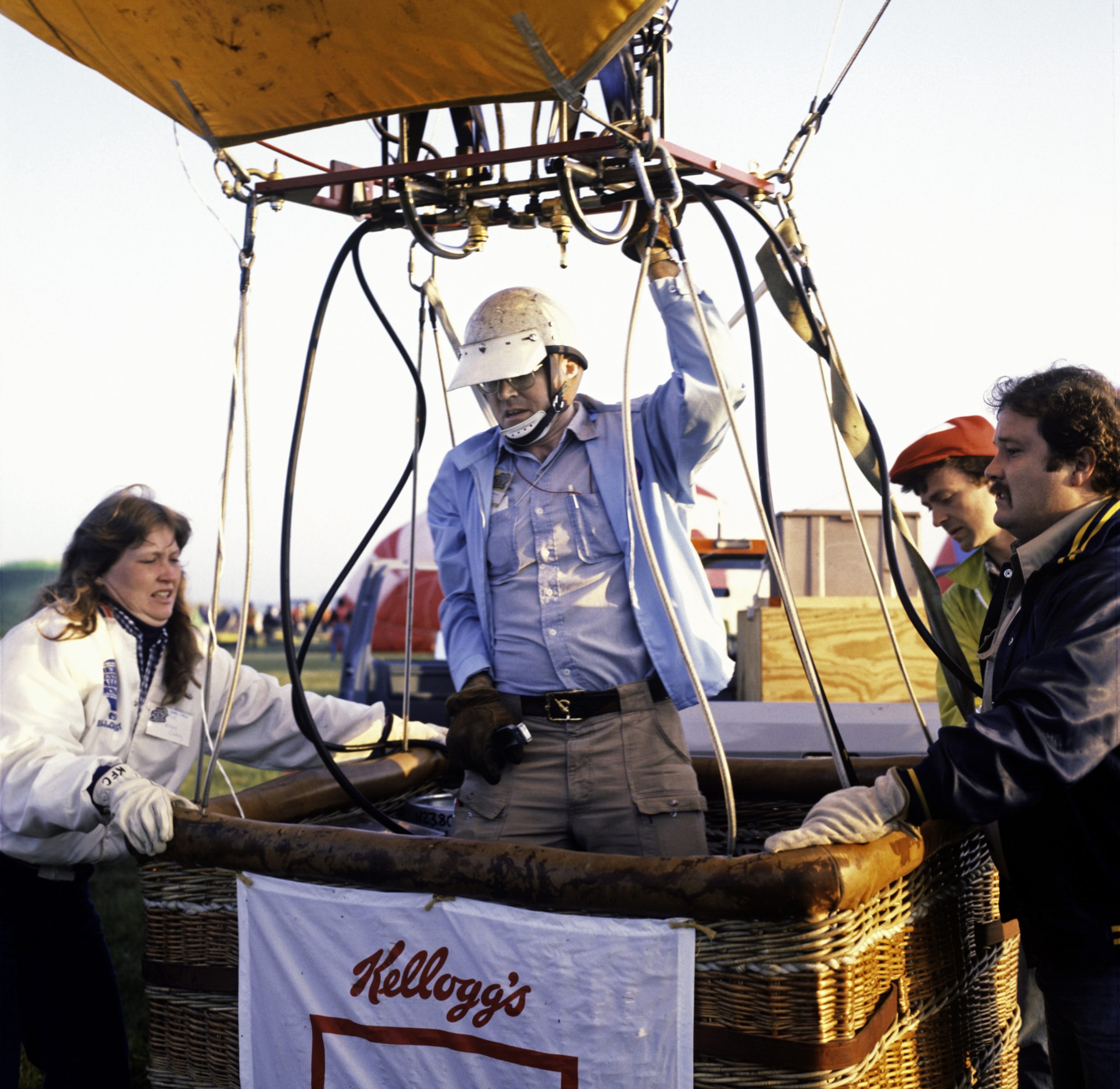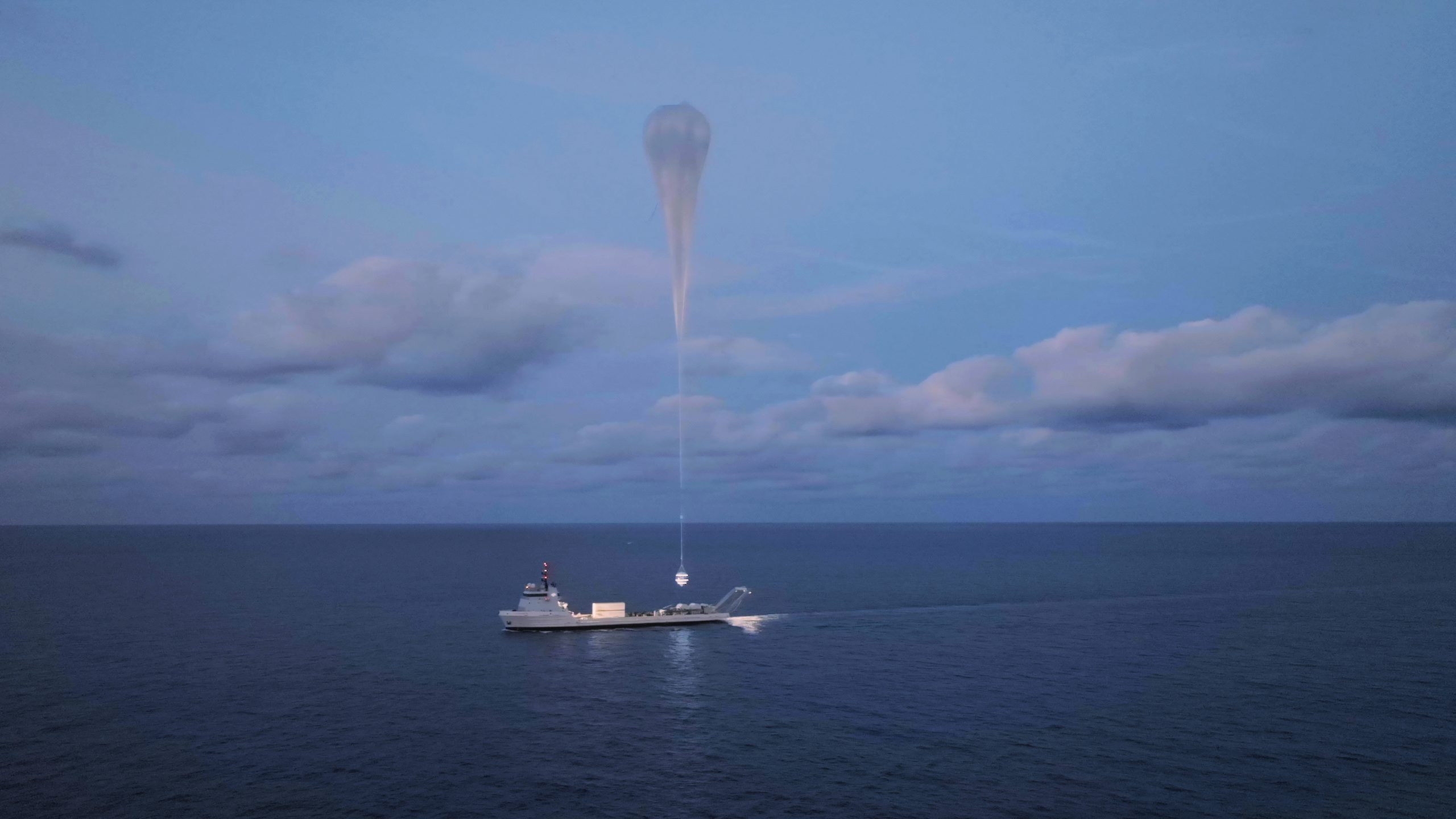Just one week after its historic first test flight, the hybrid airship Airlander 10 is in the news again, for crash landing on its second test flight.

Screenshot by author from SciNews video
After a 100-minute flight, the 302-foot long aircraft slowly nosedived, landing on its cockpit in Cardington airfield in Bedfordshire, England. The cockpit of the $33 million blimp, aircraft, and helicopter hybrid suffered damage but the two test pilots and ground crew were reported alive and well.
Hybrid Air Vehicles (HAV), the British manufacturer of the giant helium-filled airship said on Twitter, “The Airlander experienced a heavy landing and the front of the flight deck has sustained some damage which is currently being assessed,” adding that the flight went really well and had completed all the tasks before returning to Cardington, to land.
The company also clarified that Airlander 10 did not hit a telegraph pole nor did it sustain damage in midair, as indicated in a BBC report.

Screen shot by author from SciNews video
The Airship had completed a 19-minute maiden flight on August 17th, meeting all its objectives, which included successful takeoff and landing. According to HAV, the hybrid airship can fly for five days on manned missions and for 15 days on unmanned and remotely controlled flights.

Screen shot by author from SciNews video.
The Airlander is 50 feet longer than the biggest jetliner and can carry 10 tons of cargo at a maximum speed of 91 miles per hour. It uses less fuel than an airplane and can rise and land vertically, making it possible to fly in remote areas with no infrastructure or runways. Hence potential clients can use it for long-term surveillance, communications, and for delivering cargo and even 48 passengers from door to door. If the technology proves successful— it needs 200 hours of flight hours before getting permission to fly commercially–HAV officials believe the airship will make up for a huge void in transportation.
Originally the ship was built for the US military as part of its Long Endurance Multi-Intelligence Vehicle program, but the program was scrapped for lack of funds and HAV bought the rights to the project. After years of research and development, the airship went through a complete transformation and is being tested for the commercial market.






